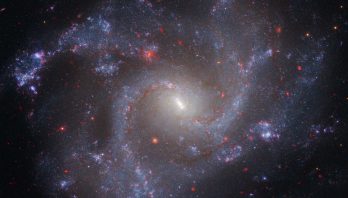
NASA’s Webb, Hubble Telescopes Affirm Universe’s Expansion Rate, Puzzle Persists
When you are trying to solve one of the biggest conundrums in cosmology, you should triple check your homework. The ...
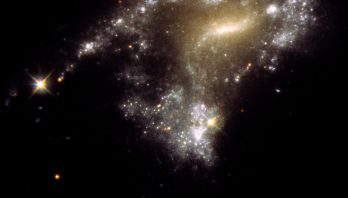
NASA’s Hubble Traces ‘String of Pearls’ Star Clusters in Galaxy Collisions
Contrary to what you might think, galaxy collisions do not destroy stars. In fact, the rough-and-tumble dynamics trigger new generations ...
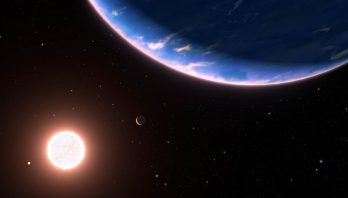
NASA’s Hubble Finds Water Vapor in Small Exoplanet’s Atmosphere
Astronomers using NASA's Hubble Space Telescope observed the smallest exoplanet where water vapor has been detected in the atmosphere. At ...
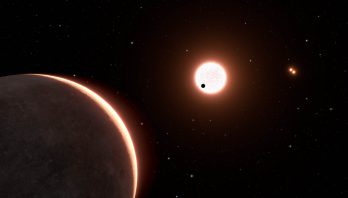
NASA’s Hubble Measures the Size of the Nearest Transiting Earth-Sized Planet
The diminutive planet, LTT 1445Ac, was first discovered by NASA's Transiting Exoplanet Survey Satellite (TESS) in 2022. But the geometry of the ...
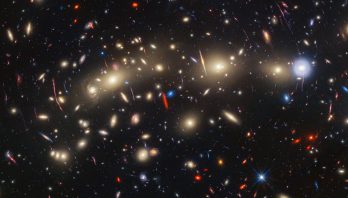
NASA’s Webb, Hubble Combine to Create Most Colorful View of Universe
NASA’s James Webb Space Telescope and Hubble Space Telescope have united to study an expansive galaxy cluster known as MACS0416 ...
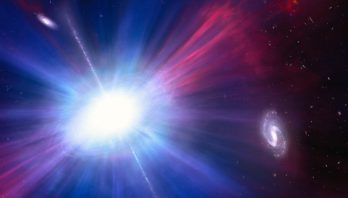
NASA’s Hubble Finds Bizarre Explosion in Unexpected Place and Gemini South Captures Cosmic ‘Finch’
A very rare, strange burst of extraordinarily bright light in the universe just got even stranger – thanks to the ...
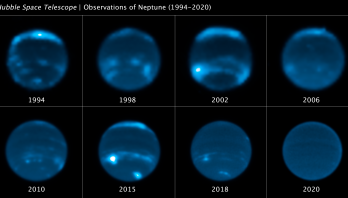
STScI: Neptune’s Disappearing Clouds Linked to the Solar Cycle
Astronomers have uncovered a link between Neptune's shifting cloud abundance and the 11-year solar cycle, in which the waxing and ...
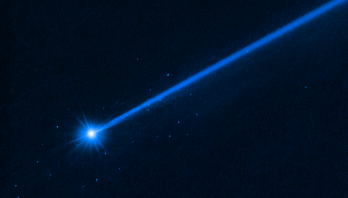
STScI: Hubble Sees Boulders Escaping from Asteroid Dimorphos
The popular 1954 rock song "Shake, Rattle and Roll," could be the theme music for the Hubble Space Telescope's latest ...
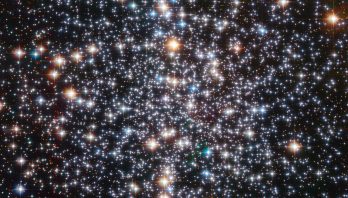
STScI: NASA’s Hubble Hunts for Intermediate-Sized Black Hole Close to Home
Astronomers using NASA's Hubble Space Telescope have come up with what they say is some of their best evidence yet ...
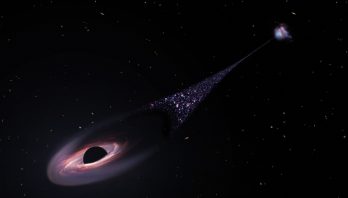
STScI: Hubble Sees Possible Runaway Black Hole Creating a Trail of Stars
There's an invisible monster on the loose, barreling through intergalactic space so fast that if it were in our solar ...
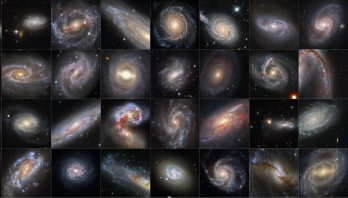
Our Mysterious Universe Still Evades Cosmological Understanding
Science can uncover new knowledge, but it can also reveal what we don’t understand. New research is shedding light on ...
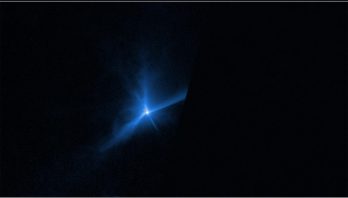
STScI: Didymos-Dimorphos System After DART Impact
Like a sports photographer at an auto-racing event, NASA's Hubble Space Telescope captured a series of photos of asteroid Dimorphos ...
